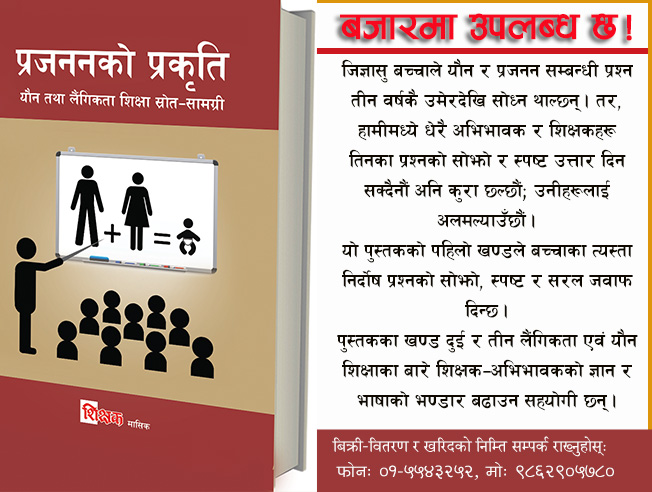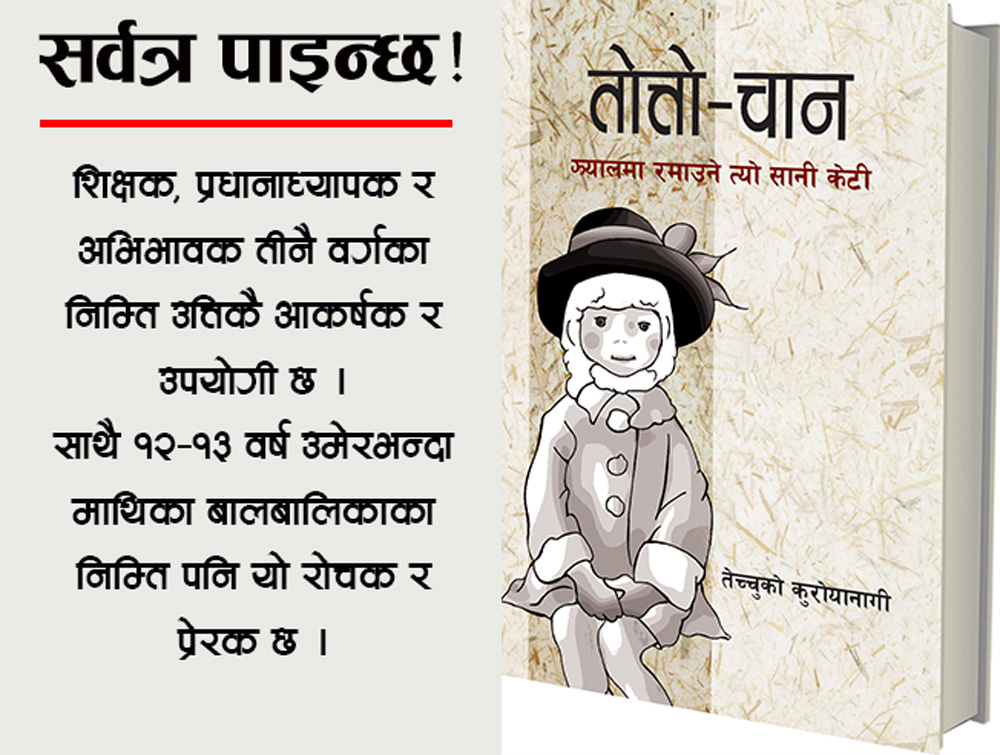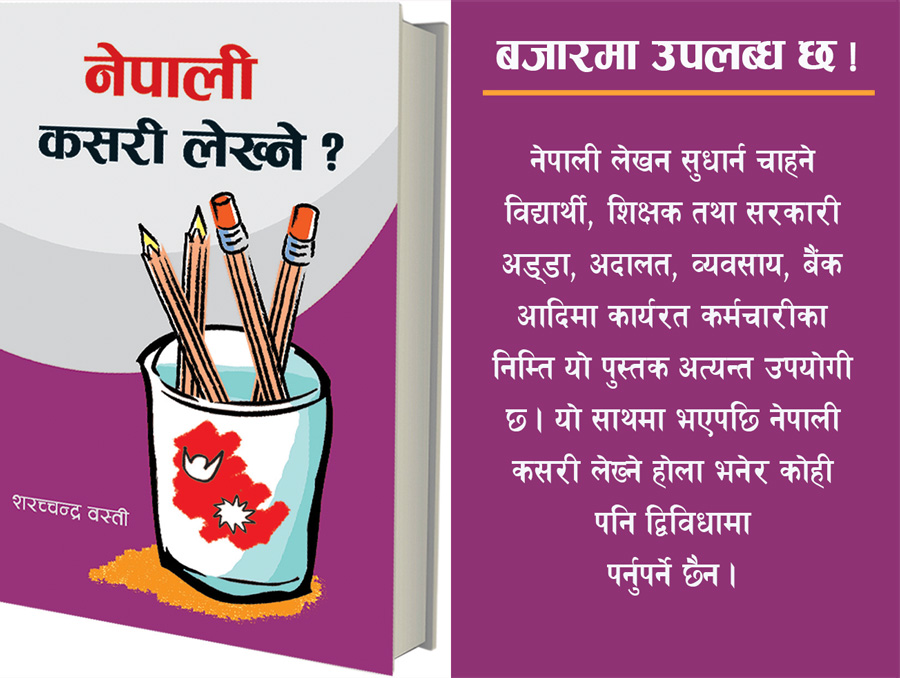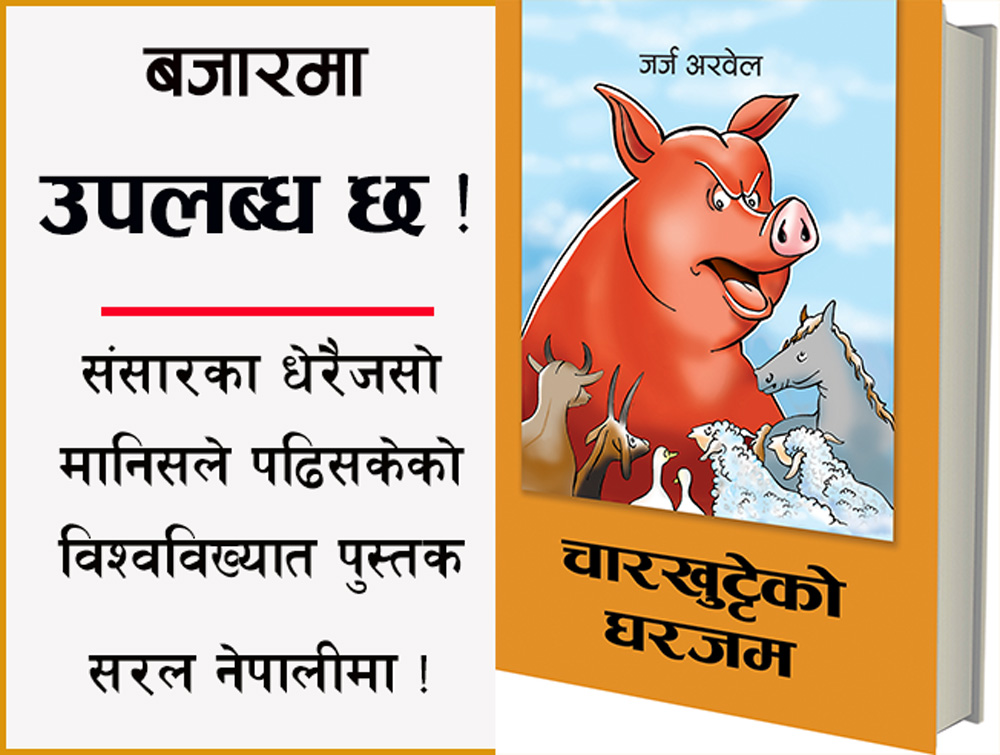Interesting Activities for Teaching English
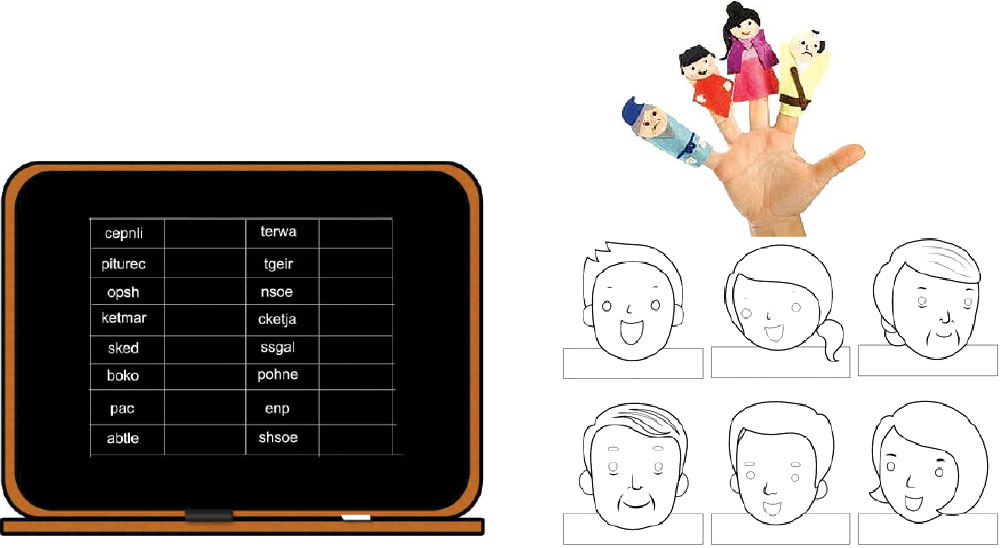
1. Run to the Board
Level: Primary to secondary
Skill: Writing (Vocabulary)
Aim: To write the correct spelling of a word
Materials: Blackboard, chalk
Process: The teacher collects some words according to the level of the students and divides them into two groups. She writes those words with scrambled spelling into two columns on the board leaving the space on the right side of each so that they can be written again with correct spelling.
The teacher presents an example to show the students the way to unscramble the given words so that they can make a word with correct spelling.
She divides the students into two groups as per the number of words she has written on the board, and asks them to stand in two lines, then gives a bar of chalk to the students who is standing at the front of each line.
She instructs them to run to the board and write a word next to it correcting its spelling as she says to them to "go". One student can write only one word at a time. The group which finishes writing the words first with (more) correct spelling will be the winner-group.
Variation: Instead of unscrambled words, words with wrong spelling can be used.
2. Throw the Ball and Speak
Level: Primary to secondary
Skill: Speaking
Aim: To speak (use language) in meaningful context.
Materials: a small ball or paper-wrap-up ball.
Process: The teacher asks the students to stand in a circle in the class (or on the ground). She introduces the language they are going to practise: e.g. "My name is Rabin. What's your name?"
Every member of the group in the circle speaks the language and throws the ball to someone. The one who gets/holds the ball uses the same language to tell his/her name and ask other's name in the circle, then throws the ball to the other.
When all finished introducing themselves, the language can be changed into – "My name is Rabin. Are you Gopal?" And then they can enjoy playing the same game.
Variation: The other languages that can be used in this game are:
Asking and telling preference
"-I like playing cricket. Do you like playing cricket?
-No, I don't. I don't like playing cricket. I like cooking. Do you like cooking?"
Asking and telling purpose
"-The pen is used for writing. What’s the bag used for?
-The bag is used for carrying things. What's the bucket used for?"
3. Finger Puppets
Level: Primary
Skill: Speaking
Aim: To tell about the relation among family members
Materials: sheet of paper, (colour) pens, glue or cello tape, scissors
Process: Prepare some finger puppets of family members – father, mother, sister, brother, etc. Prepare sets of puppets as per the student's number. Some outline images have been given here for the purpose.
Put those puppets on the fingers and present the language showing the puppets – "Who's this? He is my father. She is my mother."
Ask the students to put the puppets on their fingers, assume them as their family members, and work in pairs – asking and answering the about their family relations using the same languages presented by the teacher.


Variations: Instead of family relations, the puppets can be used to teach the following things:
To teach different feeling, emotions using different faces which show the various emotions.
To teach different animal, fruits, etc. name using different animal fruits, etc, puppets.
To tell the stories and sing rhymes using the puppets of different characters.
4. Listen and Write on the Board
Level: Primary and lower secondary
Skill: Listening and writing (vocab)
Aim: To find the single word of a definition
Materials: Blackboard and chalk
Process: Collect some words and their definition to play this game.
Divide the students into two groups and ask them to stand at the front of the blackboard in two lines. And give a bar of chalk to the students who are standing at the front of each line.
The teacher will say the definition of a word, the students from each group, who are standing at the front, listen and should write the (single) word of the definition on the board quickly. The one who finished writing correct word on the board first will score 1 mark for the group. Then the next students from each group will do that job for the group. The group which gets more score will be winner. Some examples of definitions are:
Something you wear on your head. Something you eat at breakfast. Something you use to write. Something you keep in your wallet. Something you read at school. Something you put on your legs.
Variations: Instead of things, the persons or professions can be the content of this game, e.g. - Someone who drives a bus. Someone who flies aeroplane. Someone who teaches at school. Someone who mends shoes. Someone who repairs a car. Someone who sings a song. Someone who dances.
5. Blindfold and Find Somebody
Level: Primary and lower secondary
Skill: Listening and speaking
Aim: To use the languages for showing directions.
Materials: scarf to blindfold somebody
Process: Introduce the languages which instruct to show the directions, such as – Move a step ahead. Turn right. Turn left. Stop. Go three steps ahead. Turn around.
Let them practise the languages so that they can use them to instruct somebody to show the directions.
Call a student to the front of the class and blindfold him or her with a scarf, then get him/her turn around. Keep another student at other place of the classroom and ask other students to instruct him/her so that s/he can find another student moving ahead according to the friends' instructions.
Variations: Instead of blindfolding someone, they can send him/her outside of the class and choose a person whom s/he should find out. After they choose a person, s/he is called in and instructed to move ahead towards the person they have chosen using the similar languages. They keep on giving instructions until s/he finds the person they have chosen.
6. Card Game
Level: Primary and secondary
Skill: Speaking
Aim: To express the possession.
Materials: some flash cards with two similar and different pictures.
Process: Prepare the flash cards (more than 20 for each group) with two similar or different pictures on each of them.
Divide the students into the group of three. Give them a set of 20 flash cards to each. Tell them that they have to distribute five cards for each; first, one will lay a card on the floor or desk and use the language – "I've got a book and a bag." The next one will lay a card if s/he has the card that matched with the card which have already been laid on the floor or desk and says – "I've got a book." The card should be laid overlapping the similar picture to make a chain of cards. If s/he doesn't have similar one, s/he has to say – "I haven't got a book." Then s/he will be given one more card to open the game. Yet the given card doesn't match, s/he will be given another card again. They have to lay the cards until one's cards finish. The one whose cards finish first will be the winner.
Variations: To increase the difficulty level of game, some languages can be added, e.g. Have you got a book? Haven't you got a book? Yes, I have. No, I haven't. Here you're. Take this one. It's your go. Hurrah, I won.
(Tamang is working as roster trainer of English Language at Educational Traning Center in Bhaktapur, Chitwan.)
